Carbon Fiber Reinforced Polymer (CFRP) is an advanced composite material with advantages of high strength and light weight, giving it great potential to be a new, reliable cable material. Ideal structures for CFRP cables are orthogonally loaded cable structures, where cables are loaded orthogonally or approximately orthogonally by external loads. Using CFRP cables in such structures, e.g. cable roofs and cable facades, has advantages over traditional steel cable structures. In order to demonstrate this point, two typical orthogonally loaded cable structures, i.e. a CFRP spoked wheel cable roof and a CFRP cable net façade, were investigated in a case study. Their mechanical properties and economies are compared with that of the steel counterparts. Results show that CFRP cables can effectively improve the mechanical and economical performances of orthogonally loaded cable structures; furthermore, the advantages of applying CFRP cables for cable net facade are more obvious than that for spoked wheel cable roof.
1.
Introduction
Since the 1960s, the rapid development of high-speed rail has made it a very important means of transportation. However, the vibration will be caused because of the contact between the wheels of the train and the train tracks during the operation of the high-speed train. Therefore, the analytical vibration model can be mathematically summarized as a quadratic palindromic eigenvalue problem (QPEP) (see [1,2])
with Ai∈Rn×n, i=0,1 and A⊤0=A0. The eigenvalues λ, the corresponding eigenvectors x are relevant to the vibration frequencies and the shapes of the vibration, respectively. Many scholars have put forward many effective methods to solve QPEP [3,4,5,6,7]. In addition, under mild assumptions, the quadratic palindromic eigenvalue problem can be converted to the following linear palindromic eigenvalue problem (see [8])
with A∈Rn×n is a given matrix, λ∈C and nonzero vectors x∈Cn are the wanted eigenvalues and eigenvectors of the vibration model. We can obtain 1λx⊤A⊤=x⊤A by transposing the equation (1). Thus, λ and 1λ always come in pairs. Many methods have been proposed to solve the palindromic eigenvalue problem such as URV-decomposition based structured method [9], QR-like algorithm [10], structure-preserving methods [11], and palindromic doubling algorithm [12].
On the other hand, the modal data obtained by the mathematical model are often evidently different from the relevant experimental ones because of the complexity of the structure and inevitable factors of the actual model. Therefore, the coefficient matrices need to be modified so that the updated model satisfies the dynamic equation and closely matches the experimental data. Al-Ammari [13] considered the inverse quadratic palindromic eigenvalue problem. Batzke and Mehl [14] studied the inverse eigenvalue problem for T-palindromic matrix polynomials excluding the case that both +1 and −1 are eigenvalues. Zhao et al. [15] updated ∗-palindromic quadratic systems with no spill-over. However, the linear inverse palindromic eigenvalue problem has not been extensively considered in recent years.
In this work, we just consider the linear inverse palindromic eigenvalue problem (IPEP). It can be stated as the following problem:
Problem IPEP. Given a pair of matrices (Λ,X) in the form
and
where diagonal elements of Λ are all distinct, X is of full column rank p, and both Λ and X are closed under complex conjugation in the sense that λ2i=ˉλ2i−1∈C, x2i=ˉx2i−1∈Cn for i=1,⋯,m, and λj∈R, xj∈Rn for j=2m+1,⋯,p, find a real-valued matrix A that satisfy the equation
Namely, each pair (λt,xt), t=1,⋯,p, is an eigenpair of the matrix pencil
It is known that the mathematical model is a "good" representation of the system, we hope to find a model that is closest to the original model. Therefore, we consider the following best approximation problem:
Problem BAP. Given ˜A∈Rn×n, find ˆA∈SA such that
where ‖⋅‖ is the Frobenius norm, and SA is the solution set of Problem IPEP.
In this paper, we will put forward a new direct method to solve Problem IPEP and Problem BAP. By partitioning the matrix Λ and using the QR-decomposition, the expression of the general solution of Problem IPEP is derived. Also, we show that the best approximation solution ˆA of Problem BAP is unique and derive an explicit formula for it.
2.
The solution of Problem IPEP
We first rearrange the matrix Λ as
where t+2s+2(k+2l)=p, t=0 or 1,
with
and the adjustment of the column vectors of X corresponds to those of Λ.
Define Tp as
where i=√−1. It is easy to verify that THpTp=Ip. Using this matrix of (5), we obtain
where
and ˜Λ2∈R2(k+2l)×2(k+2l), ˜X∈Rn×p. yt+2s+j and zt+2s+j are, respectively, the real part and imaginary part of the complex vector xt+2s+j for j=1,3,⋯,2(k+2l)−1. Using (6) and (7), the matrix equation (2) is equivalent to
Since rank(X)=rank(˜X)=p. Now, let the QR-decomposition of ˜X be
where Q=[Q1,Q2]∈Rn×n is an orthogonal matrix and R∈Rp×p is nonsingular. Let
Using (9) and (10), then the equation of (8) is equivalent to
Write
then the equation of (11) is equivalent to
Because the elements of Λ1,˜Λ2 are distinct, we can obtain the following relations by Eqs (14)-(18)
where
and 1≤i≤k,1≤j≤l. h1,⋯,hs,a1,⋯,ak+2l are arbitrary real numbers. It follows from Eq (12) that
where E=R˜ΛR−1.
Theorem 1. Suppose that Λ=diag{λ1,⋯,λp}∈Cp×p, X=[x1,⋯,xp]∈Cn×p, where diagonal elements of Λ are all distinct, X is of full column rank p, and both Λ and X are closed under complex conjugation in the sense that λ2i=ˉλ2i−1∈C, x2i=ˉx2i−1∈Cn for i=1,⋯,m, and λj∈R, xj∈Rn for j=2m+1,⋯,p. Rearrange the matrix Λ as (4), and adjust the column vectors of X with corresponding to those of Λ. Let Λ,X transform into ˜Λ,˜X by (6)−(7) and QR-decomposition of the matrix ˜X be given by (9). Then the general solution of (2) can be expressed as
where E=R˜ΛR−1, f11 is arbitrary real number, A12∈Rp×(n−p),A22∈R(n−p)×(n−p) are arbitrary real-valued matrices and F22,F33 are given by (20)−(21).
3.
The solution of Problem BAP
In order to solve Problem BAP, we need the following lemma.
Lemma 1. [16] Let A,B be two real matrices, and X be an unknown variable matrix. Then
By Theorem 1, we can obtain the explicit representation of the solution set SA. It is easy to verify that SA is a closed convex subset of Rn×n×Rn×n. By the best approximation theorem (see Ref. [17]), we know that there exists a unique solution of Problem BAP. In the following we will seek the unique solution ˆA in SA. For the given matrix ˜A∈Rn×n, write
then
Therefore, ‖A−˜A‖=min if and only if
Let
then the relation of (25) is equivalent to
Write
where r1,t∈Rt×p,r2,i∈R1×p,r3,j∈R2×p, i=1,⋯,2s, j=1,⋯,k+2l.
Let
with r=t+s,q=t+s+k+2l. Then the relation of (29) is equivalent to
that is,
where ci,j=tr(J⊤iJj),ei=tr(J⊤i˜A11)(i,j=t,⋯,t+s+k+2l) and ci,j=cj,i.
Consequently,
Clearly, g(f11,h1,⋯,hs,a1,⋯,ak+2l)=min if and only if
Therefore,
If let
where C is symmetric matrix. Then the equation (32) is equivalent to
and the solution of the equation (33) is
Substituting (34) into (20)-(21), we can obtain f11,F22 and F33 explicitly. Similarly, the equation of (26) is equivalent to
Applying Lemma 1, we obtain
setting ∂g(A12)∂A12=0, we obtain
Theorem 2. Given ˜A∈Rn×n, then the Problem BAP has a unique solution and the unique solution of Problem BAP is
where E=R˜ΛR−1, F22,F33,A12,˜A22 are given by (20),(21),(35),(24) and f11,h1,⋯,hs,a1,⋯,ak+2l are given by (34).
4.
A numerical example
Based on Theorems 1 and 2, we can describe an algorithm for solving Problem BAP as follows.
Algorithm 1.
1) Input matrices Λ, X and ˜A;
2) Rearrange Λ as (4), and adjust the column vectors of X with corresponding to those of Λ;
3) Form the unitary transformation matrix Tp by (5);
4) Compute real-valued matrices ˜Λ,˜X by (6) and (7);
5) Compute the QR-decomposition of ˜X by (9);
6) F12=0,F21=0,F13=0,F31=0,F23=0,F32=0 by (19) and E=R˜ΛR−1;
7) Compute ˜Aij=Q⊤i˜AQj,i,j=1,2;
8) Compute R−1 by (28) to form R1,R2,R3;
9) Divide matrices R1,R2,R3 by (30) to form r1,t,r2,i,r3,j, i=1,⋯,2s,j=1,⋯,k+2l;
10) Compute Ji, i=t,⋯,t+s+k+2l, by (31);
11) Compute ci,j=tr(J⊤iJj),ei=tr(J⊤i˜A11), i,j=t,⋯,t+s+k+2l;
12) Compute f11,h1,⋯,hs,a1,⋯,ak+2l by (34);
13) Compute F22,F33 by (20), (21) and A22=˜A22;
14) Compute A12 by (35) and A21 by (22);
15) Compute the matrix ˆA by (36).
Example 1. Consider a 11-DOF system, where
the measured eigenvalue and eigenvector matrices Λ and X are given by
and
Using Algorithm 1, we obtain the unique solution of Problem BAP as follows:
and
Therefore, the new model ˆAX=ˆA⊤XΛ reproduces the prescribed eigenvalues (the diagonal elements of the matrix Λ) and eigenvectors (the column vectors of the matrix X).
Example 2. (Example 4.1 of [12]) Given α=cos(θ), β=sin(θ) with θ=0.62 and λ1=0.2,λ2=0.3,λ3=0.4. Let
where Γ=[α−ββα]. We construct
the measured eigenvalue and eigenvector matrices Λ and X are given by
and
Using Algorithm 1, we obtain the unique solution of Problem BAP as follows:
and
Therefore, the new model ˆAX=ˆA⊤XΛ reproduces the prescribed eigenvalues (the diagonal elements of the matrix Λ) and eigenvectors (the column vectors of the matrix X).
5.
Concluding remarks
In this paper, we have developed a direct method to solve the linear inverse palindromic eigenvalue problem by partitioning the matrix Λ and using the QR-decomposition. The explicit best approximation solution is given. The numerical examples show that the proposed method is straightforward and easy to implement.
Conflict of interest
The authors declare no conflict of interest.











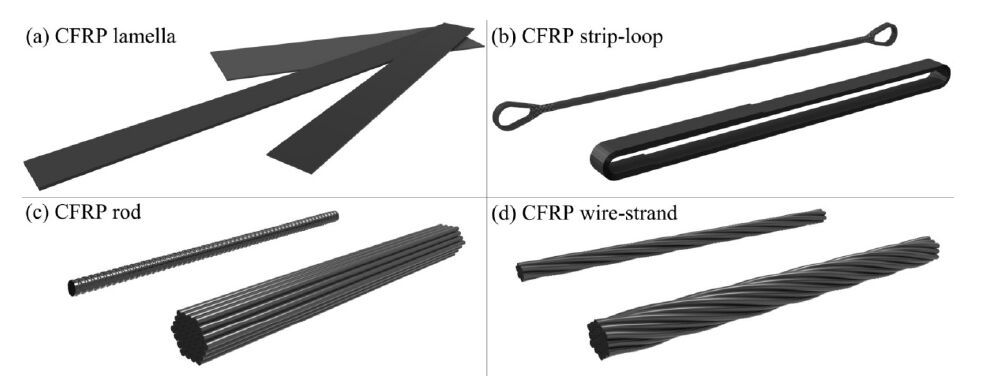
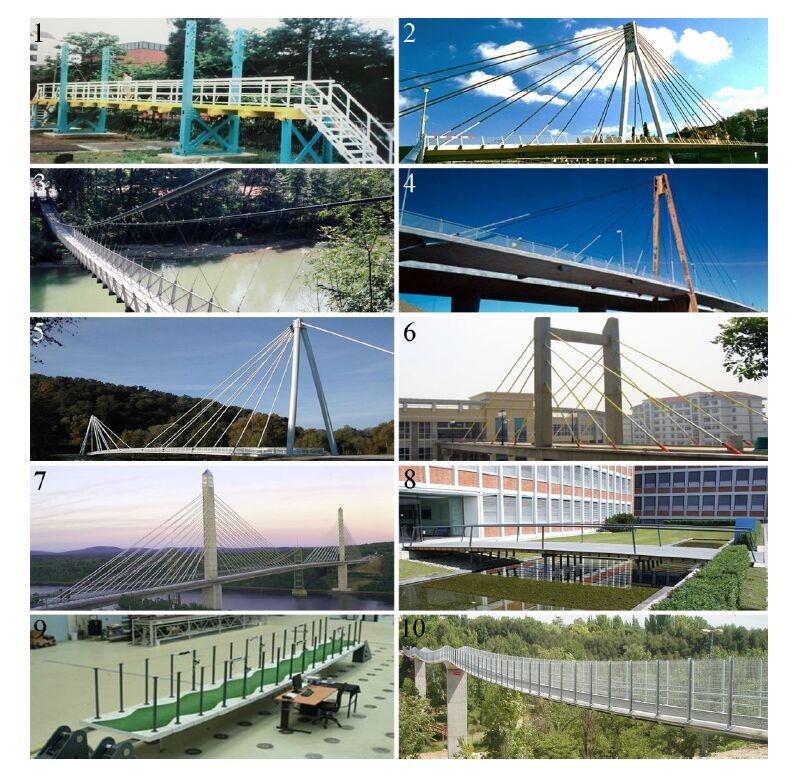
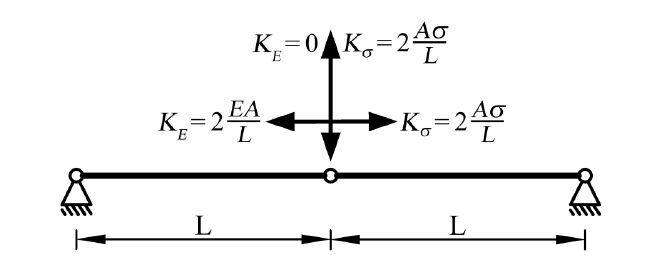
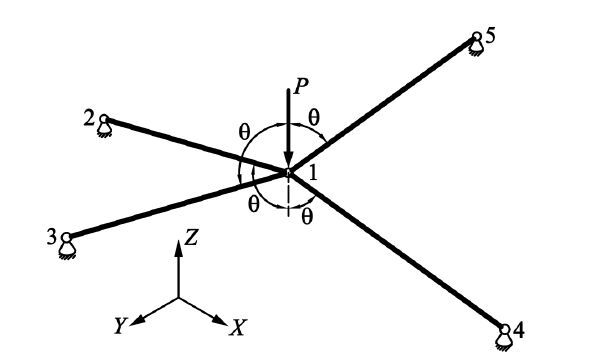
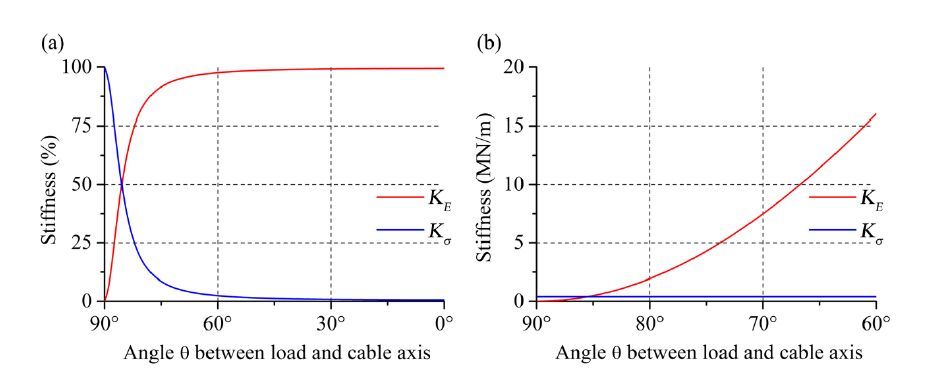
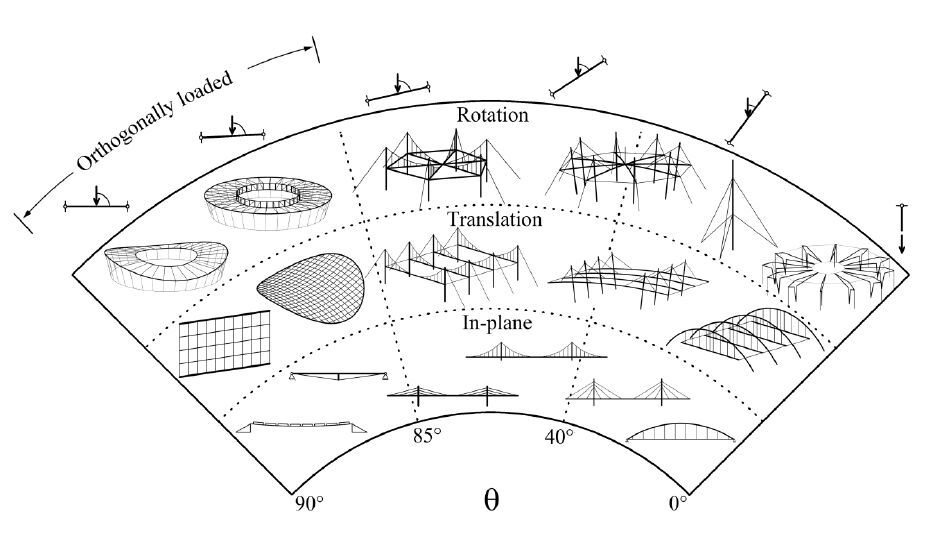

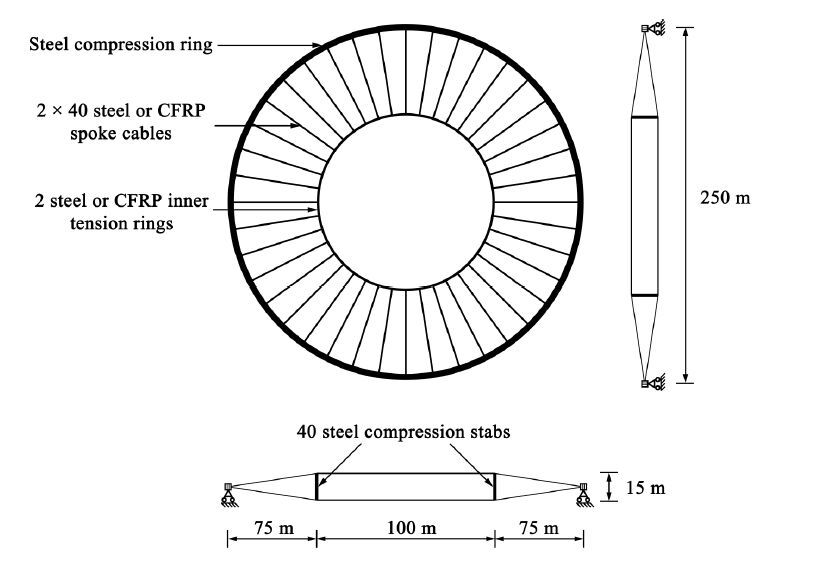
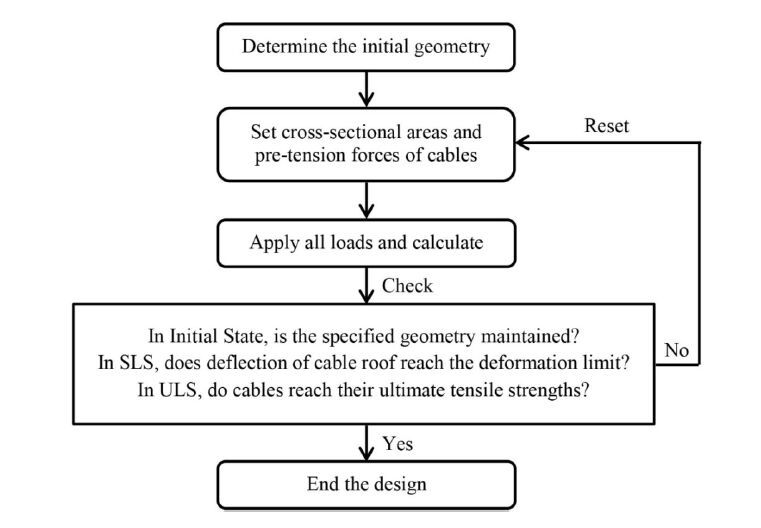









 DownLoad:
DownLoad: